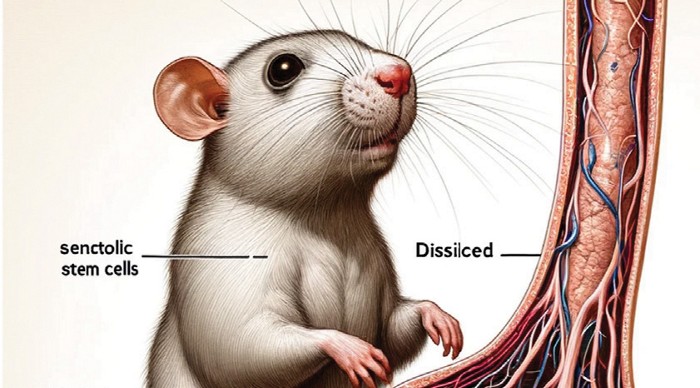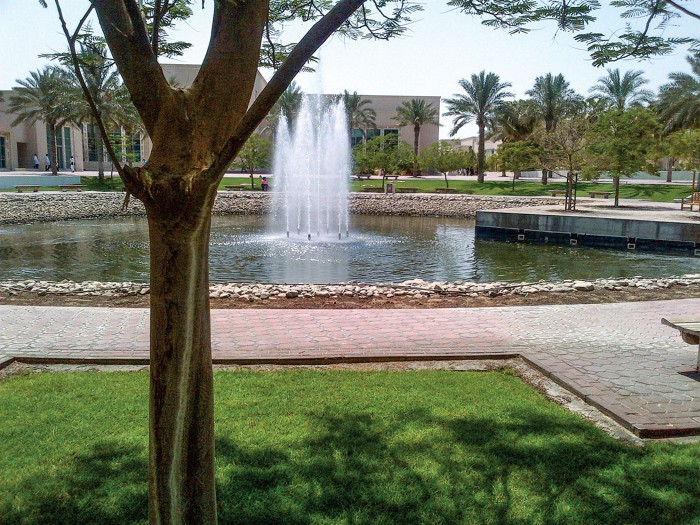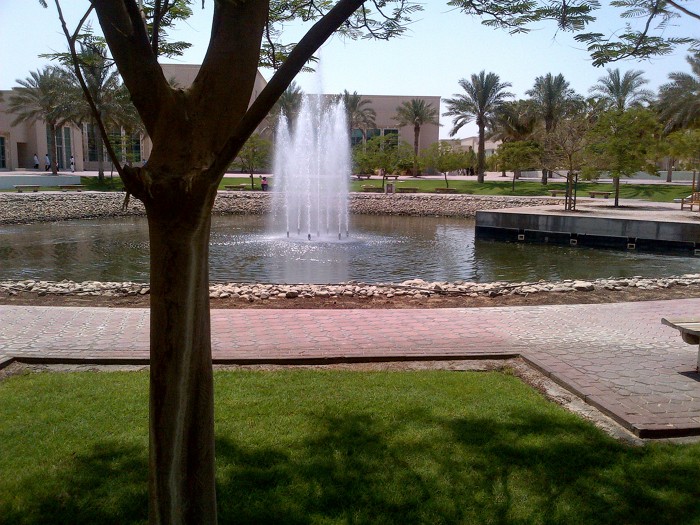Advertisement
Grab your lab coat. Let's get started
Welcome!
Welcome!
Create an account below to get 6 C&EN articles per month, receive newsletters and more - all free.
It seems this is your first time logging in online. Please enter the following information to continue.
As an ACS member you automatically get access to this site. All we need is few more details to create your reading experience.
Not you? Sign in with a different account.
Not you? Sign in with a different account.
ERROR 1
ERROR 1
ERROR 2
ERROR 2
ERROR 2
ERROR 2
ERROR 2
Password and Confirm password must match.
If you have an ACS member number, please enter it here so we can link this account to your membership. (optional)
ERROR 2
ACS values your privacy. By submitting your information, you are gaining access to C&EN and subscribing to our weekly newsletter. We use the information you provide to make your reading experience better, and we will never sell your data to third party members.
Ethics
Are lab safety violations research misconduct?
New paper suggests they are, given their connection to the research enterprise
by Dalmeet Singh Chawla, special to C&EN
May 23, 2024
| A version of this story appeared in
Volume 102, Issue 16

The US Office of Research Integrity defines research misconduct as “fabrication, falsification, or plagiarism in proposing, performing, or reviewing research, or in reporting research results.”
But should that definition also include violations of safety in the lab? That’s what Bor Luen Tang, a biochemist at the National University of Singapore, suggests in a paper published last month in the Journal of Academic Ethics (2024, DOI: 10.1007/s10805-024-09531-w).
“Lab safety violations should be considered as such because these transgressions occur within the context of research, and can negatively impact research,” Tang tells C&EN in an email.
Researchers with adequate training and knowledge are obliged to follow safety rules and protocols, Tang says. “Thus, if someone deliberately violate[s] or deviate[s] markedly from safety rules/protocols and an accident/incident occurs, that person is potentially culpable.”
Finding a researcher guilty of violating lab safety rules, as with allforms of research misconduct, requires a preponderance of evidence regarding intent, Tang says. For instance, investigators should consider whether the violation occurred involuntarily, perhaps because of physical or mental illness or natural mishap, he adds.
In Tang’s opinion, researchers who are found guilty of lab safety violations should be sanctioned, with their institution’s health and safety office being the first authority to take action. Depending on the laws within a country, governmental agencies should also be involved, as well as funding agencies that supported the work, if they specify oversight of their grantees’ actions, Tang says.
But Craig Merlic, an organic chemist at the University of California, Los Angeles, and director of the UC Center for Laboratory Safety, says he doesn’t think lab safety violations should be labeled as research misconduct, though he does agree that egregious breaches of safety policies should have consequences.
“While the severity of any falsification, fabrication, and plagiarism can vary greatly, the defining actions are fairly straightforward,” he says. But it’s harder to determine what a violation of lab safety is, Merlic says. “Is it an action that results in an incident such as a chemical spill, or an accident that results in an injury? Or can it be merely not following best lab practices set by a lab?”
In his paper, Tang suggests that everyone, regardless of their endowment, status, or power, should be held accountable for breaches of lab safety. “But we all know from root cause analyses that culpability rarely stops at the immediate players,” Merlic says.
Merlic, who just wrote UCLA’s policy for student noncompliance with safety rules, which is not yet posted, thinks simple compliance should not be the end goal of safety programs. “Instead, compliance should be the natural outcome of an institution’s robust culture of safety that goes well beyond regulatory compliance,” he says.





Join the conversation
Contact the reporter
Submit a Letter to the Editor for publication
Engage with us on Twitter